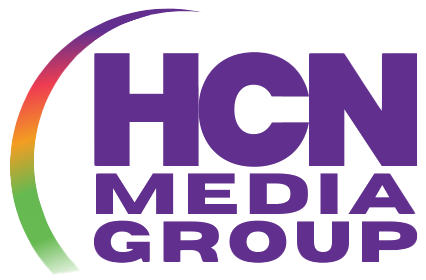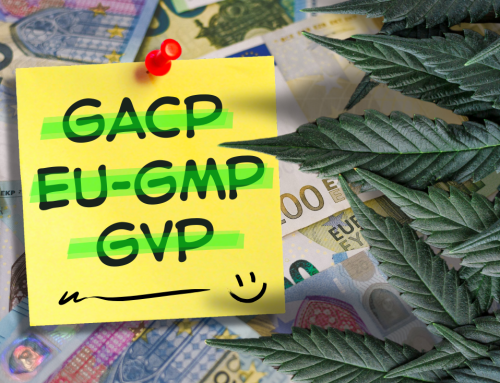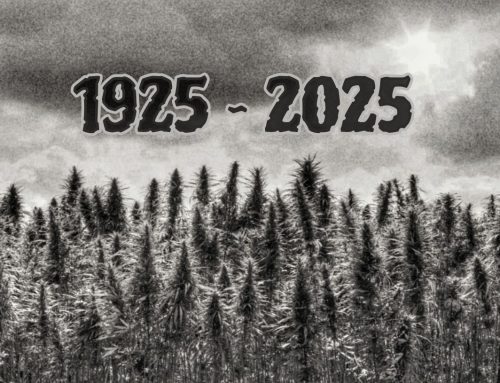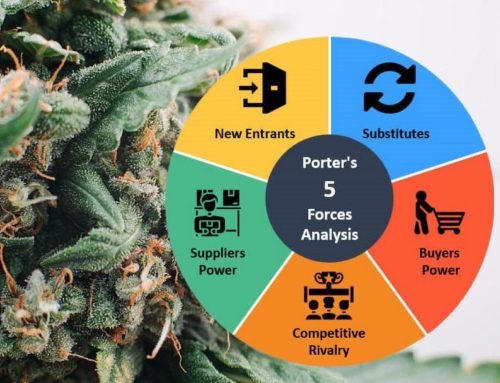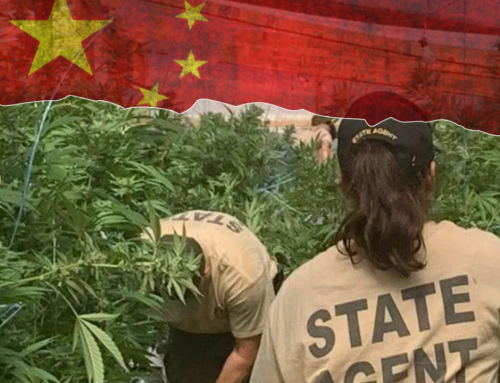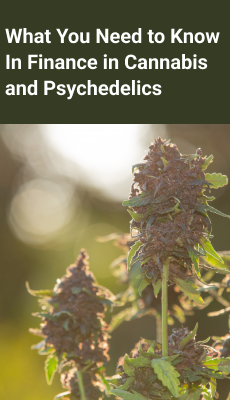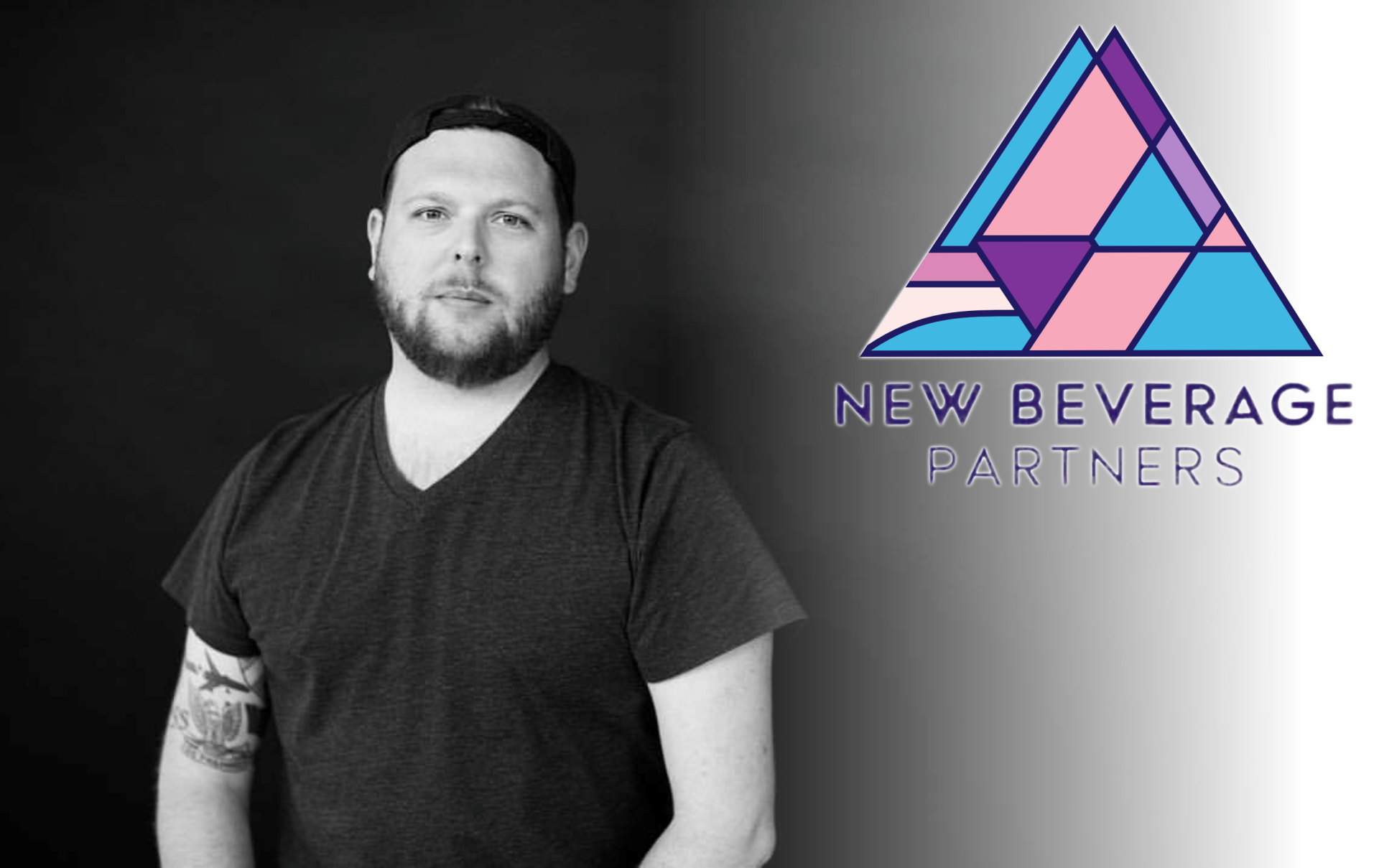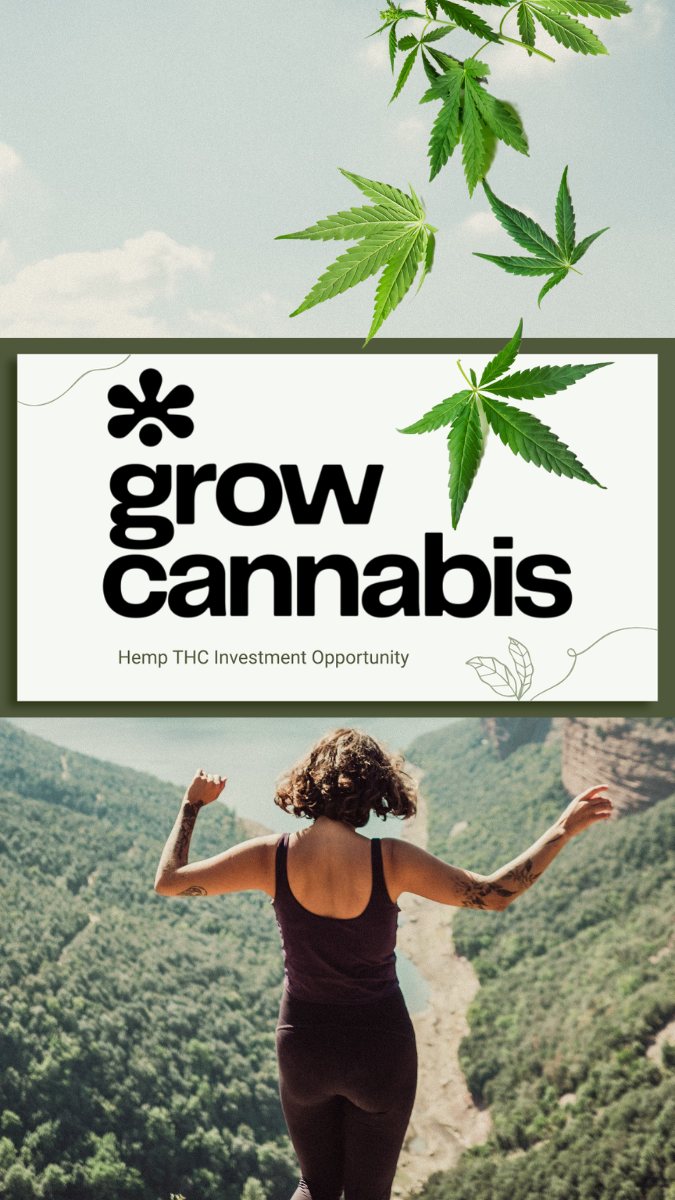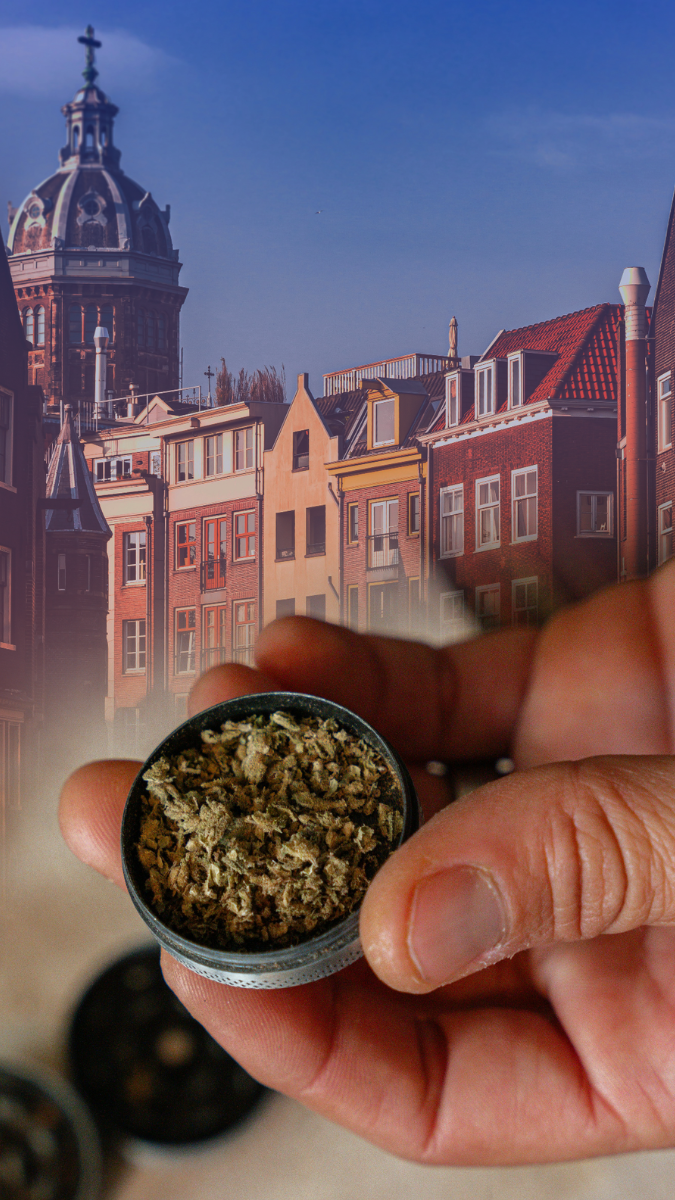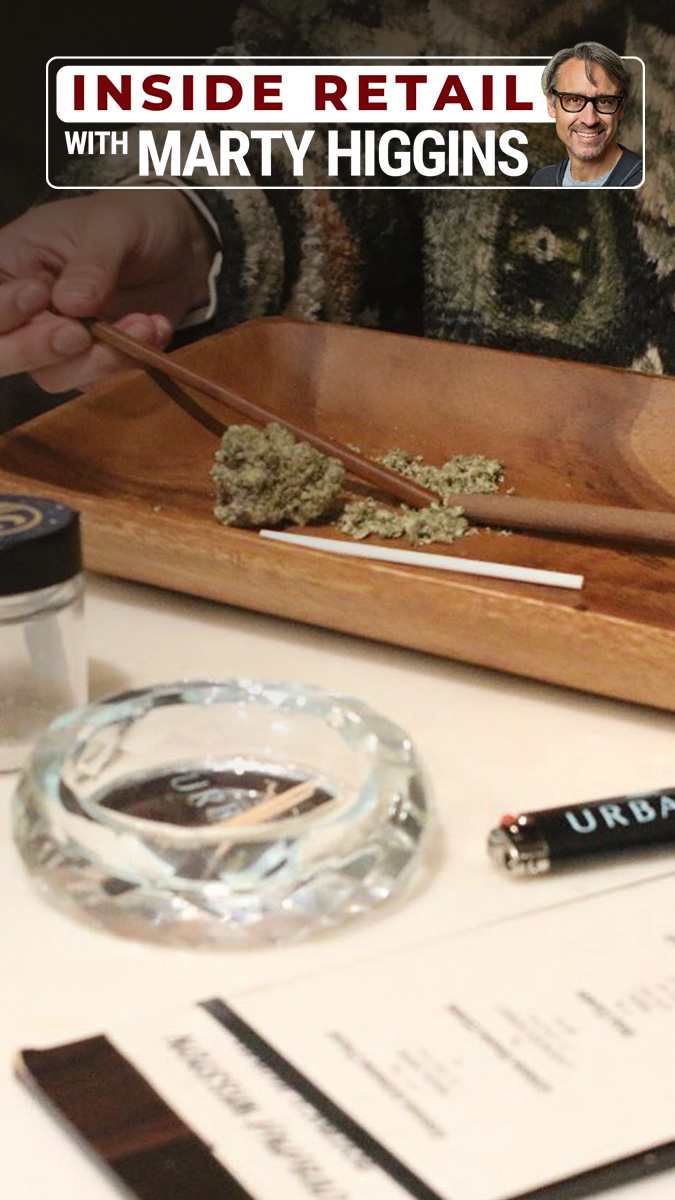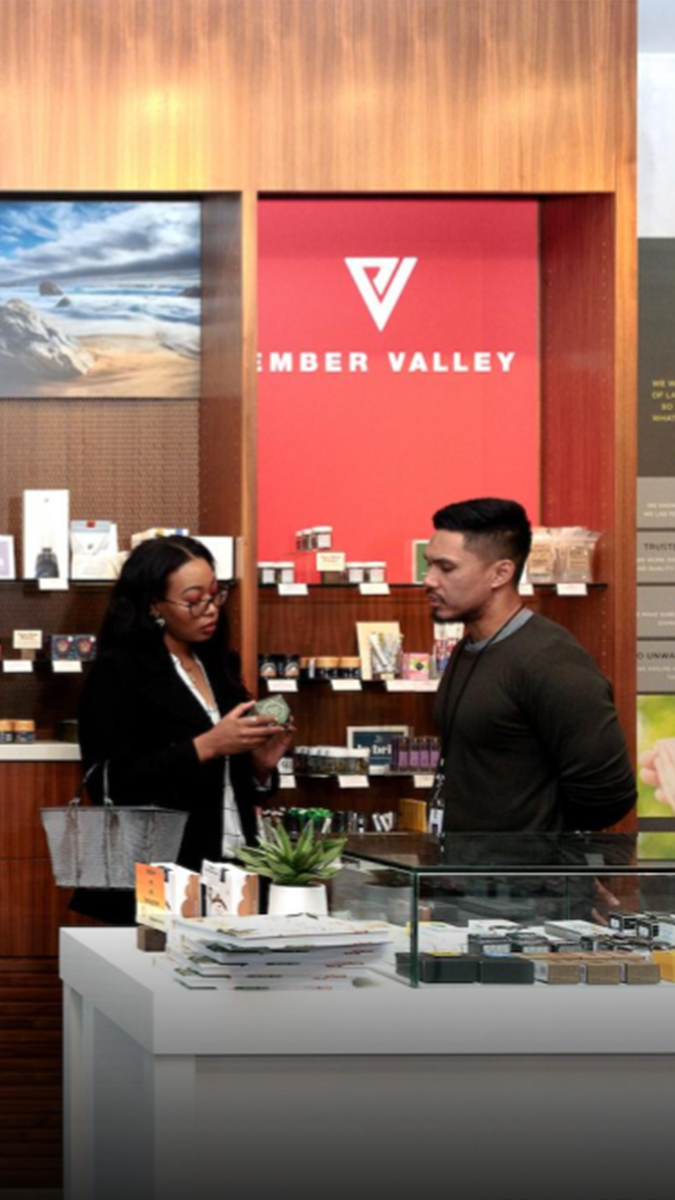Mamdani’s Mayoral Win: Is It a Sign of Equity in NY’s Cannabis Field?
LOS ANGELES – New York City’s mayoral race concluded with Zohran Mamdani’s clear mandate on November 4, 2025, as the 34-year-old assemblyman secured 50.4% of the vote against former Gov. Andrew Cuomo’s 41.6% and Curtis Sliwa’s over 7%, with turnout hitting 62% – the highest in two decades for a non-presidential year. This triumph installed the youngest mayor since the era of Fiorello La Guardia and the first of Muslim and South Asian heritage, injecting fresh dynamics into a governance structure that has long been criticized for inertia.

In the Cannabis arena, where state-led legalization has sputtered since 2021, Mamdani’s ascent demands scrutiny. His equity-first worldview could catalyze overdue reforms, yet it risks amplifying divisions between social reparations and commercial viability in a $1.5 billion market teetering on illicit dominance.
Mamdani’s Cannabis Credentials

During the campaign’s sole industry forum in September, he advocated for “dispensaries as community anchors,” citing his own licensed purchase as evidence of buy-in. Mamdani’s positions align with some of the broader goals advocated by the Drug Policy Alliance and the NYCLU (New York Civil Liberties Union, the NY affiliate of the national ACLU). He supported licenses for the 1.2 million New Yorkers with Cannabis convictions and directing funds to Black- and Latino-led startups. Critically, this ethos clashes with the MRTA’s uneven rollout, where equity applicants [mandated at 50% of issuances] snag just 15% of active slots due to capital gaps and bureaucratic delays.
Hard Numbers Exposing Market Shortfalls
Quantitative markers reveal a sector in flux, ripe for analytical intervention. As of October 2025, the Office of Cannabis Management (OCM) oversees 225 statewide retail licenses, with NYC’s 102 falling 40% below projections amid a compliance purge that sidelined 55 outlets in August alone.
Legal Cannabis sales in NYC alone clocked $504 million last fiscal year, a 12% uptick, but illicit channels siphon 62% of volume, equating to $900 million lost in taxes and undermining price stability for cultivators. A breakdown by New Amsterdam Cannabis Team shows average retail prices at $12-18 per gram, 25% above the national median, deterring casual buyers and stunting foot traffic.
Public opinion, however, remains divided on New York’s Cannabis rollout. According to the April 2024 Marist Poll, while majorities (56%) deem the 2021 legalization law a net positive for the state and 61% back recreational use overall, 57% of city residents view unlicensed shops as a serious local issue [far exceeding suburban (35%) and upstate (34%) concerns] and 28% report a decline in neighborhood quality of life, with only 16% seeing improvement. These tensions, including heightened odors (noted by 50%) and youth access worries (52%), align with challenges Mamdani’s housing platform could counter via ventilation grants or school-adjacent zoning safeguards.

Steering Shifts: City Powers to Drive Progress
Delving deeper, Mamdani’s leverage as mayor [despite Albany’s licensing primacy] lies in municipal tools that could recalibrate incentives. His pledge for “worker-owned cooperatives” hints at city-backed low-interest loans, potentially bridging the $250,000 average startup barrier for equity bidders, who currently default at 28% rates versus 9% for general applicants.
Projecting forward. If his administration fast-tracks 150 equity licenses over two years through streamlined reviews and $50 million in matching grants, legal market penetration could rise from 38% to 52%, per a simple econometric model factoring elasticity from New Jersey’s adjacent growth. This would yield $450 million in added revenue, half earmarked for community funds, fostering a virtuous cycle of local hiring [projected at 3,500 jobs] and reduced recidivism via expungement clinics.
Risk Factors Scrutinizing Equity Trade-Offs
Yet this optimism warrants caution through a critical lens. Equity mandates, while just, have historically inflated compliance costs – OCM audits cost operators $15,000 on average, pricing out 60% of justice-involved hopefuls before launch. While 57% of all licenses issued were held by social and economic equity applicants, MSOs may lobby against “local-first” procurement rules that Mamdani favors, arguing they fragment supply and hike wholesales.
A game-theory view frames the tension. Equity proponents seek zero-sum reparations, while MSOs pursue scale efficiencies; Mamdani’s mediator role could yield hybrid outcomes, like tiered licensing where small operators get tax rebates on the first $1 million in sales. Failure here risks voter backlash, echoing California’s 2023 equity revolt, where 35% of participants dropped out, ceding ground to vertical integrators.

Key Uncertainties Testing Executive Resolve
Mamdani’s untested executive hand adds variance. His assembly batting average on progressive bills stands at 78%, but scaling to citywide enforcement demands coalition-building with a fractious council, where Cannabis skeptics hold 12 seats. Benchmarks from Philadelphia’s 2022 equity pilot offer guardrails. Targeted grants there boosted minority ownership to 42%, lifting legal sales 22% without spiking illicit activity. If Mamdani emulates this [pairing advocacy with data-driven pilots] New York’s model could redefine urban Cannabis as an equity engine. Otherwise, the sector’s fractures deepen, turning promise into protracted gridlock.
Ultimately, Mamdani’s term will measure legalization’s soul: Does it heal prohibition’s scars, or merely swap one monopoly for another? In dissecting these trade-offs, the path forward favors pragmatic fusion – equity metrics tied to performance incentives, ensuring growth serves all stakeholders. New York’s Cannabis chapter, long on hype and short on delivery, now pivots on this balance.











